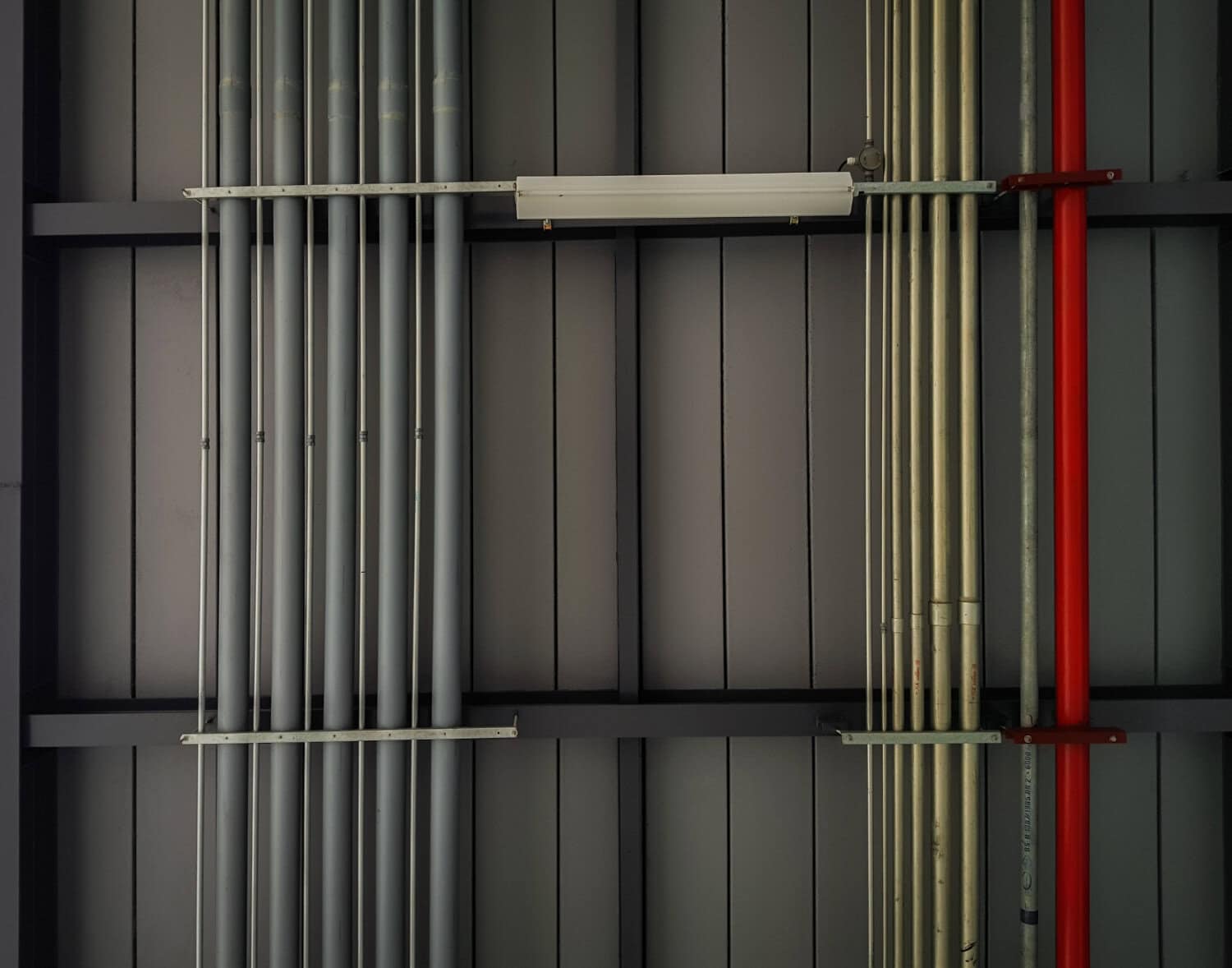
Ensuring the proper insulation of your home’s pipes is an important aspect of efficient plumbing and HVAC systems upkeep. Installing pipe insulation can bring a range of benefits, from improving energy efficiency to preventing costly repairs due to damaged pipes. In this informative guide, we will explore how investing in pipe insulation can boost the overall comfort and efficiency of your Saratoga Springs home, and discuss practical tips for selecting and properly installing insulation materials.
Multiple factors contribute to the need for proper pipe insulation, including potential heat loss or gains, protection against freezing during Saratoga Springs’ harsh winters, and safety concerns with potentially hazardous temperatures of exposed pipes. Moreover, by minimizing temperature fluctuations, pipe insulation can help maintain a consistent temperature in your home’s water supply, minimizing energy consumption and ensuring your plumbing system runs efficiently.
Investing in proper pipe insulation can yield significant long-term benefits for your Saratoga Springs home’s comfort, efficiency, and safety. This guide will equip you with the knowledge and confidence to make informed decisions regarding the insulation of your pipes and help you maximize the benefits of this essential home improvement project.
Understanding the Benefits of Pipe Insulation
Investing in proper pipe insulation has several key advantages that can significantly impact your Saratoga Springs home’s comfort, efficiency, and safety. Let’s examine some of the primary benefits:
1. Improved energy efficiency: Insulating pipes can minimize heat loss in hot water pipes and reduce heat gain in cold water pipes, resulting in less energy consumption for heating and cooling. This reduction can ultimately lead to cost savings on your utility bills.
2. Prevention of frozen pipes: During Saratoga Springs’ harsh winters, exposed and inadequately insulated pipes can freeze, potentially leading to costly repairs or replacements. Pipe insulation provides an added layer of protection against freezing temperatures and reduces the risk of burst pipes.
3. Enhanced comfort: Insulating your home’s pipes can lead to more consistent water temperatures and reduce the time it takes for hot water to reach fixtures, contributing to improved comfort for your family.
4. Safety concerns: Exposed pipes carrying hot water can pose a safety risk if touched accidentally. Pipe insulation provides a layer of protection, reducing the surface temperature of these pipes and preventing potential burns.
Exploring Different Insulation Materials
There are several materials available for pipe insulation, each with its unique characteristics and applications. To prepare for your insulation project, become familiar with these common materials:
1. Fiberglass: Fiberglass pipe insulation is a popular choice for hot water pipes due to its excellent thermal insulating properties. Often sold in pre-formed sections, this material can be easily fitted around pipes. It is important to wear protective gear when handling fiberglass insulation, as the glass fibers can cause skin irritation.
2. Polyethylene foam: Polyethylene foam insulation offers exceptional flexibility, making it suitable for use on pipes with bends and turns. This material is also resistant to moisture, making it an ideal option for insulating pipes in damp or humid environments.
3. Foil-backed foam: Foil-backed foam insulation provides a radiant heat barrier, reflecting heat away from the pipes and enabling the insulation to perform at a higher efficiency. This material is suitable for both hot and cold water pipes, and can be easily cut and molded around pipes and fittings.
Selecting the Right Insulation for Your Home
Considering the specific needs of your home and plumbing system is crucial when selecting the appropriate insulation material and method of installation. Here are some factors to consider when choosing the right insulation for your pipes:
1. Type of pipes: Consider the material and size of your home’s pipes, as different insulation materials are better suited to specific pipe types. For example, fiberglass insulation may be a better choice for larger metal pipes, while polyethylene foam may work better for smaller plastic pipes.
2. Indoor and outdoor pipes: The location of your pipes should also play a role in your choice of insulation material. Pipes located outdoors or in unheated areas are more prone to freezing and may require a thicker insulation material or specific insulation designed for outdoor use.
3. Required insulation thickness: The thickness of insulation material needed depends on your home’s climate, the type of pipe, and its location. Consult local building codes and insulation manufacturers’ recommendations to determine the correct thickness for your application.
4. Budget: Evaluate your project budget to determine the most cost-effective insulation solution, bearing in mind that investing in quality materials and workmanship can bring long-term benefits in energy savings and reduced maintenance costs.
Installation Tips for Pipe Insulation
Proper installation is essential to ensuring the effectiveness of your pipe insulation project. Here are some essential tips to help you achieve the best results:
1. Measure accurately: Accurately measure the pipes and fittings that need insulation, and cut insulation materials to the correct length and width to ensure coverage of all exposed surfaces.
2. Secure insulation in place: Make sure the insulation fits snugly around the pipe, sealing gaps and seams with appropriate adhesive, tape, or mechanical fasteners. Foil-backed foam insulation should be installed with the foil facing outwards to maximize radiant heat protection.
3. Inspect your work: After installing pipe insulation, thoroughly inspect your work to ensure a seamless and well-sealed covering. Make any necessary adjustments, and routinely check insulated pipes for signs of wear or damage, replacing insulation as needed.
Conclusion
Adding insulation to your home’s pipes can bring numerous benefits, including improved energy efficiency, protection against frozen pipes, enhanced comfort, and increased safety. By understanding the benefits of pipe insulation, exploring different materials, selecting the right insulation for your home, and following best practices for installation, you can create a more comfortable and efficient living environment in your home. Equip yourself with the knowledge and skills to confidently tackle your pipe insulation project, and enjoy the long-lasting benefits this essential home improvement can provide with My Jockey’s local plumbing services.

No comment yet, add your voice below!